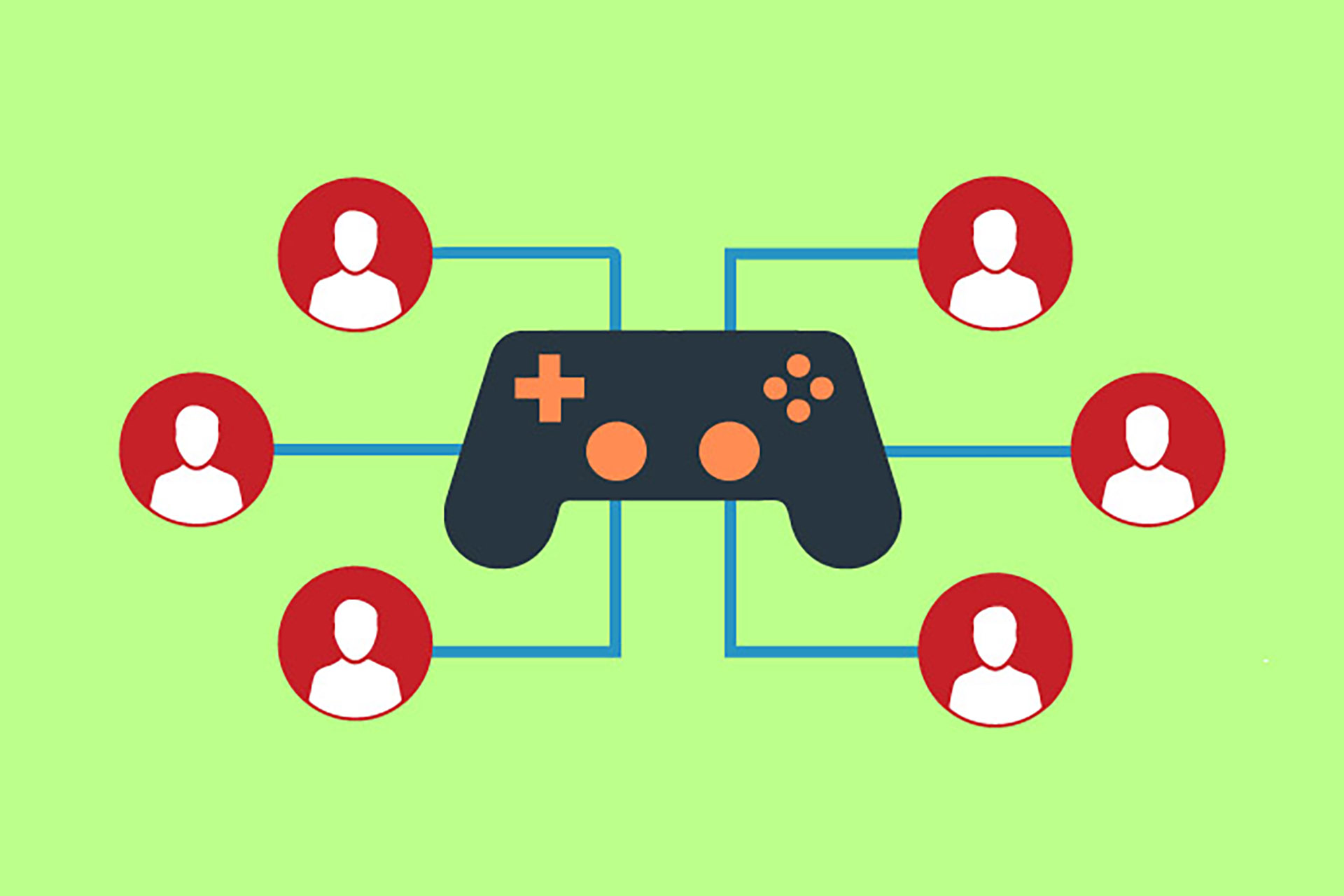Understanding Multiplayer Game Terminology
The world of multiplayer games is vast and diverse, brimming with unique terminology that can often be confusing for newcomers and even seasoned players venturing into new genres. In this article, we’ll break down some of the most common terms and concepts to help you navigate the multiplayer gaming landscape.
General Multiplayer Terms
Game Server: A server that hosts the logic and data for a multiplayer game session, managing player interactions, game state, and more. The game server acts as the authoritative source of truth, processing actions from players and ensuring consistency across all clients.
Game Client: The software running on a player’s device that communicates with the game server. The client handles rendering, user input, and local simulations while relying on the server for critical game logic and state synchronization.
Dedicated Server: A hosting solution specifically allocated to running game servers. This could involve physical dedicated hardware, containerized instances, or virtual machines. Dedicated servers provide enhanced stability, scalability, and performance compared to peer-to-peer hosting, as they are isolated from other processes and tailored for optimal game hosting.
Backend: The infrastructure and services supporting the multiplayer experience, including databases, authentication, leaderboards, matchmaking systems, and other server-side operations essential for smooth gameplay.
Game Session: A game session is a construct managed by a backend service, such as Steam or Epic Online Services (EOS), representing a group of players participating in a shared experience. It holds metadata about the session, including players, game settings, and connection details. Multiple game sessions can coexist on a single game server, allowing efficient use of resources and supporting diverse player activities.
Backend Services
Modern multiplayer games rely on a variety of backend services to provide a seamless and scalable experience. Here are the main categories of backend services:
Matchmaking Services: Platforms that facilitate the process of finding and connecting players to appropriate game sessions. Examples include custom matchmaking systems and services integrated into platforms like Steam, Epic Online Services (EOS), and PlayFab. Matchmaking ensures players are grouped based on criteria like skill level, latency, and preferences.
Online Services: These services, such as Steam, Epic Online Services (EOS), and Xbox Live, provide essential features for multiplayer games, including friend lists, leaderboards, achievements, and cross-platform play.
Player Data Storage: Services like LootLocker, PlayFab, and AccelByte specialize in managing player-related data, including profiles, inventories, progression, and in-game currencies. These solutions ensure data persistence and scalability across regions and platforms.
Orchestrators: Orchestrators manage the deployment and scaling of game servers to meet player demand efficiently. Solutions like Edgegap, PlayFab, AccelByte, and Hatora dynamically allocate resources, optimize server placement for low latency, and ensure cost-effective operation.
Conclusion
Understanding these terms is vital for anyone looking to fully immerse themselves in the multiplayer gaming experience. Whether you’re coordinating with teammates, fine-tuning your connection settings, or exploring matchmaking systems, this terminology provides a foundation to enhance your enjoyment and performance.
